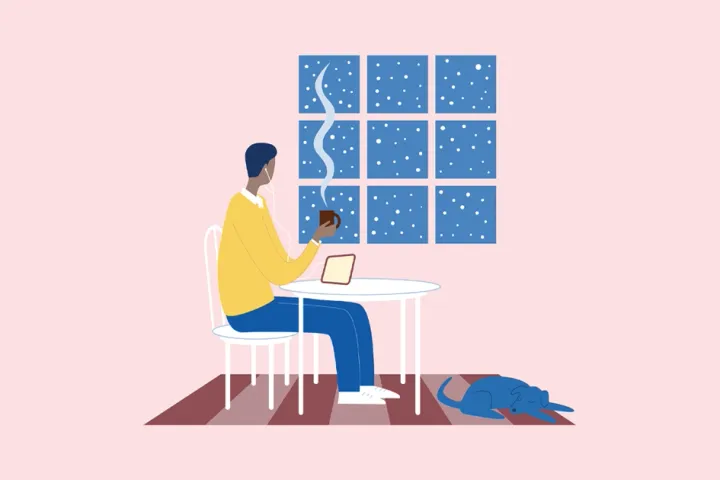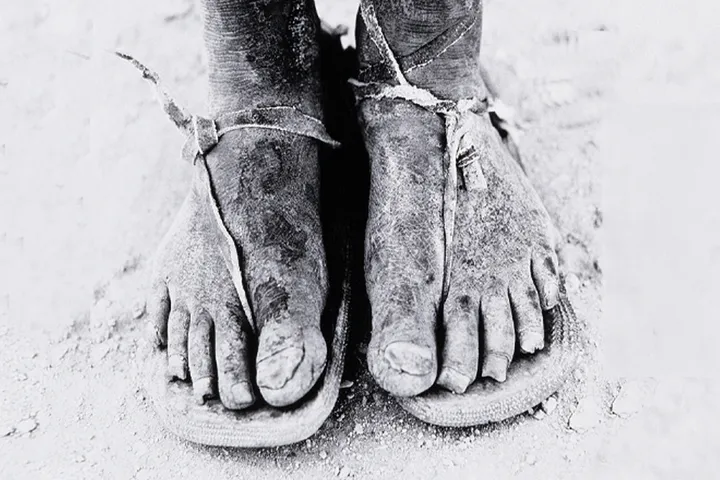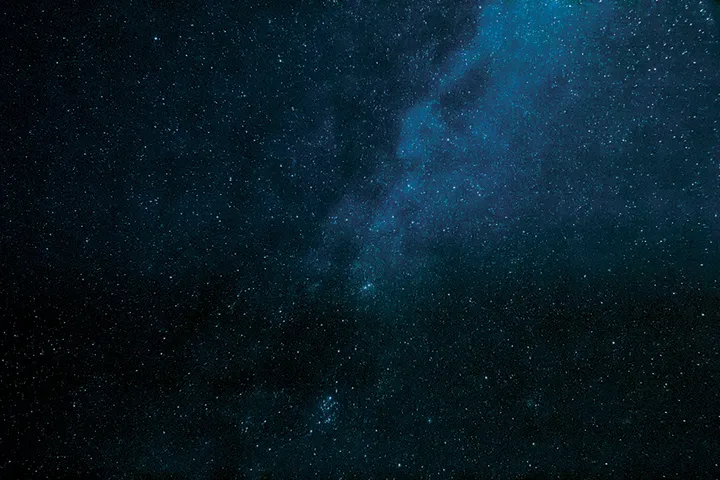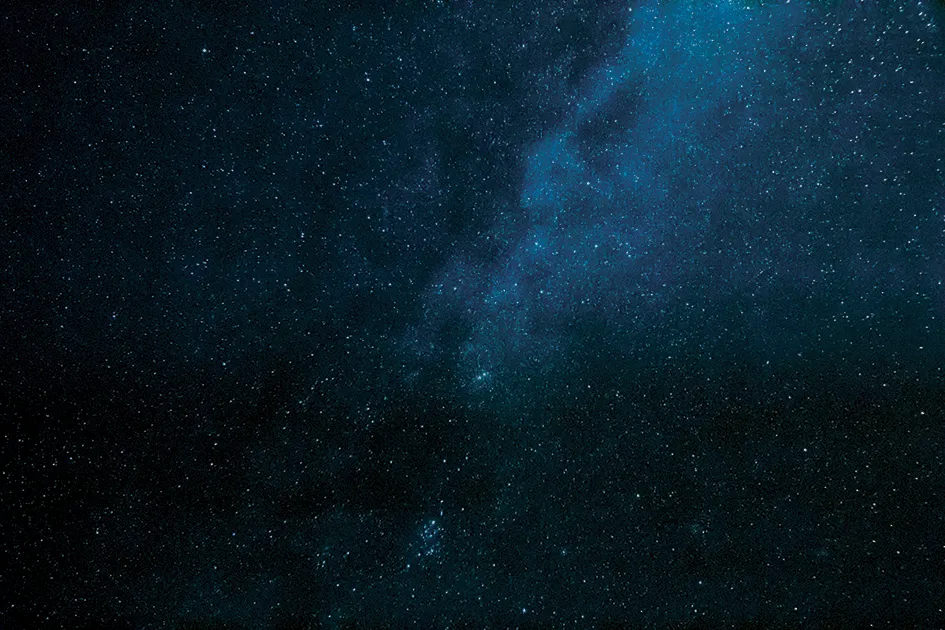By day three in Rome, we all felt weary. My family and I had planned an extended tour of Italy, visiting sites of faded glory. During the long walk to the next tourist attraction on our list, I came to a full stop at the sight of rich, verdant life thriving in the middle of the city. While the rest of my family walked on without me, I lingered on the sidewalk to photograph the unexpected sight: a streetful of trees heavy with ripe oranges.
A few lay squashed, sacrificed to the pavement, releasing a sweet, clean scent beneath my feet. Their ordinary beauty was a bright joy among the cobbled streets and ancient stone ruins of Rome—a city where everything holds history and meaning.

When we arrived at Santa Maria della Concezione dei Cappuccini, I looked up and found a homely, nondescript building. The church, in its humble simplicity, wasn’t in many guidebooks, but we’d added it to our itinerary because the travel guide billed its crypt as slightly macabre, and we thought the kids might find that interesting.
We entered a small museum filled with plaques describing the history, ethos, and charity of the Capuchin monastic order. Manuscripts and artifacts lay in glass cases, alongside vestments worn by long-gone friars. The Capuchins had formed out of a Franciscan order in the 1520s, with a renewed emphasis on solitude, penance, and simple living. As I toured the museum, I gathered that they were a group deeply devoted to the ways of Jesus, embracing an uncommon humility in the work of the church and care for the needy.
Beneath the church sat an extraordinary crypt built to contain the bones of some 4,000 Capuchin monks. We descended into a hushed, dim space where a placard whispered words from the past to modern-day visitors: “What you are now, we once were; what we are now, you shall be.”
Over the centuries, the bones had been arranged into disturbing scenes—skull stacked upon skull, knee bones swept into arches, ossified chandeliers and rosettes, robed skeletons holding rosaries.
Our steps slowed at the entrance of the crypt, and as our eyes adjusted to the dim light, the bones of the monks, dull with age, became discernible. We inched along through the Crypt of the Skulls, the Crypt of the Pelvises, Crypt of the Three Skeletons. Over the centuries, the bones had been arranged into disturbing scenes—skull stacked upon skull, knee bones swept into arches, ossified chandeliers and rosettes, robed skeletons holding rosaries—each a complex motif with a simple message, a morbid reminder of our mortality.
As I wandered through the crypts, I thought of the bones coming together to form living bodies—an arm here, a leg there, a spine stacking into shape. The breath of life inflating lungs. The Spirit of God inhabiting bodies long gone to rot and decay. They had voices once. These men sang Scripture and whispered prayers in a language and life separated through circumstance and centuries from me. And yet we belong to the same body of Christ. What they are, I will one day be. They were once very much alive, just like me.
While the Capuchin monks lived, they aimed to fulfill Paul’s admonition to believers, as best they knew how, to “walk in a manner worthy of the Lord, to please Him in all respects, bearing fruit in every good work and increasing in the knowledge of God” (Col. 1:10). They gave their lives over to study and service, carrying on the work of Scripture and the larger work of the church, and I believe their lives became “a fragrance of Christ to God among those who are being saved and among those who are perishing” (2 Corinthians 2:15).
The bones in the crypt speak not only of days past—of forgotten men and their good deeds—but also of the life that is to come. Their bones serve as a reminder to future generations of believers. As is true of them, my good works for the cause of Christ will continue to live on after my body withers. I too will someday shed my skin and enter into the promise of heaven. My hope is to leave behind a legacy for future generations to step into—a trail of faithful footsteps for others to follow. These departed Capuchin monks were a part of the greater good at work in the body of Christ over many centuries, just as I am a part of the body of Christ today. May I learn from their faith. May their bones continue to rise up and speak.
Bridgeman Images





